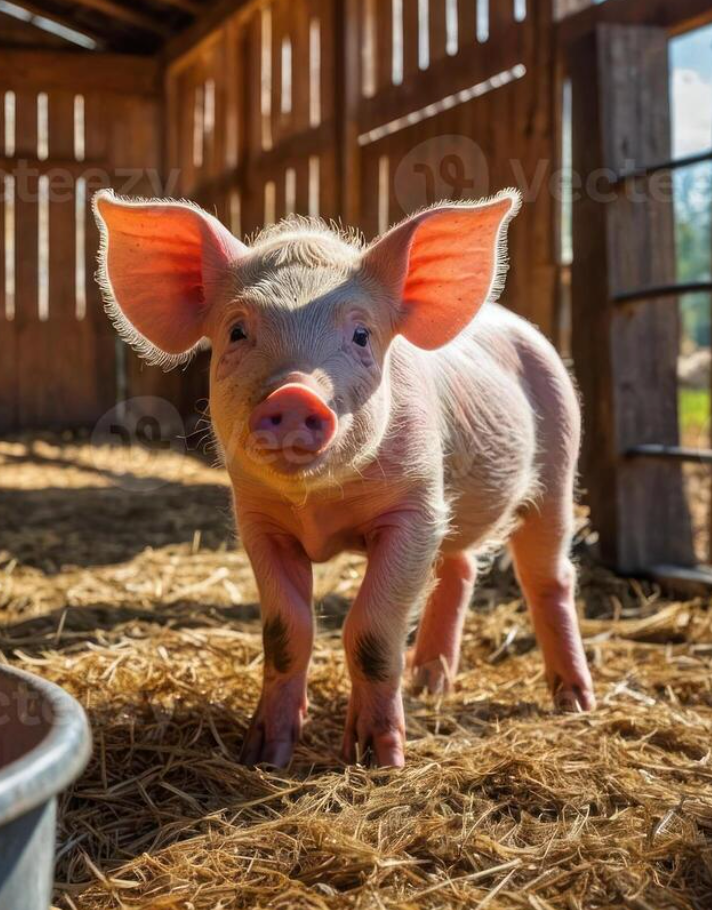HOUSING OPTIONS FOR FARM ANIMALS

HOUSING OPTIONS FOR FARM ANIMALS
SUMMARY
Housing Options for Farm Animals is a practical guide designed to help farmers select and build the best living spaces for their livestock. From barns and coops to pastures and shelters, this guide offers expert advice on choosing the right housing for different species, ensuring comfort, safety, and health. It covers all aspects of farm animal housing, including space requirements, ventilation, sanitation, and climate considerations, so you can create a supportive environment for your animals.
FEATURES
- Species-Specific Housing Needs: Tailored recommendations for housing different types of farm animals.
- Space Requirements: Guidelines on how much space each animal needs for optimal health and comfort.
- Ventilation and Airflow: Importance of maintaining proper airflow to prevent respiratory issues.
- Shelter Design: Tips for designing shelters that protect animals from weather extremes and predators.
- Sanitation and Cleanliness: Best practices for maintaining a hygienic living environment.
- Climate Considerations: How to adapt housing for varying weather conditions, including insulation and heating.
DESCRIPTION
Housing Options for Farm Animals is an essential resource for anyone looking to provide safe, healthy, and comfortable living spaces for their livestock. This comprehensive guide covers everything you need to know about building and maintaining shelters for farm animals, with a focus on the unique requirements of different species.
The guide begins with an overview of species-specific housing needs. Whether you're raising cattle, goats, pigs, chickens, or sheep, you'll find expert advice on the best types of housing for each species. Cattle, for example, require larger spaces with proper ventilation, while chickens need secure coops with nesting boxes and roosting areas.
Space requirements are a key factor in animal health and comfort. This guide provides detailed recommendations for how much space each animal needs to move freely, lie down, and socialize. Proper space ensures that animals are less likely to develop stress-related issues, aggression, or health problems.
Ventilation and airflow are crucial elements in animal housing. Proper ventilation helps to maintain air quality, reduce humidity, and prevent respiratory issues. The guide offers practical tips on how to design your shelters to allow for optimal airflow while protecting animals from drafts and extreme temperatures.
Shelter design is another critical aspect covered in this guide. It explains how to build structures that offer protection from harsh weather conditions such as rain, snow, heat, and cold. Farmers will learn how to create shelters that are safe from predators and pests, while also ensuring that animals have access to fresh air, sunlight, and dry bedding.
Sanitation is key to preventing disease and maintaining animal health. The guide provides best practices for cleaning and disinfecting animal housing, as well as tips on maintaining a clean environment to reduce the spread of pathogens and parasites.
Climate considerations are addressed in detail, with advice on how to adapt your housing to different climates. Whether you’re farming in a hot, humid area or a cold, snowy region, you’ll learn how to insulate and heat your shelters to ensure that your animals remain comfortable and healthy year-round.
Housing Options for Farm Animals offers practical advice for both small and large-scale farmers looking to improve or build new animal housing. By following the expert tips and guidelines provided, farmers can create the ideal living conditions for their livestock, promoting animal welfare and farm productivity. This guide is an invaluable resource for ensuring that your animals have a safe, comfortable, and sustainable home.
- Abhi Singh

Comments 0